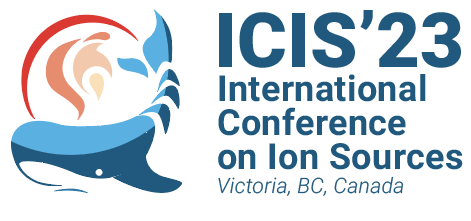Speaker
Description
The HITRAP facility, located at the GSI Helmholtzzentrum für Schwerionenforschung GmbH in Darmstadt, Germany, is designed to decelerate, cool and transport heavy, highly charged ions (HCI) created by the GSI accelerator complex to various attached experiments. The system consists of a two-stage deceleration structure, an interdigital H-type linac (IH) and a radio-frequency quadrupole (RFQ), followed by a cryogenic Penning-Malmberg trap for subsequent ion stopping and cooling. The deceleration stages reduce the ion energy from initially 4 MeV/u to 500 keV/u and to 6 keV/u respectively, before forwarding a slow, but hot ion bunch towards the cooling trap.
The trap is operated such that electrons, created by an external photoelectron source, are stored simultaneously with ions and serve as cold thermal bath. After cooling, a low-energy transfer beamline allows the transport and delivery of cold ions towards user experiments.
To support the challenging commissioning and setup especially of the low energy part of HITRAP, dedicated and innovative beam instrumentation had to be purpose built. Commissioning is supported by a small, room temperature, permanent magnets EBIT of the Dreebit type.
Recently, Ar
| Email Address | S.Trotsenko@gsi.de |
|---|---|
| I have read the Code of Conduct to attend ICIS2023. | Yes |

